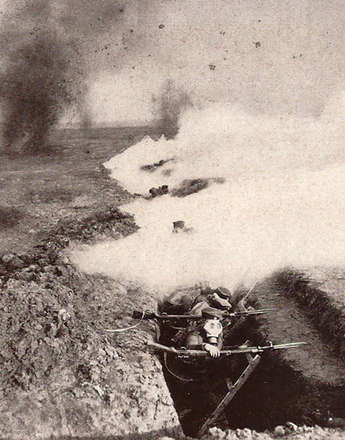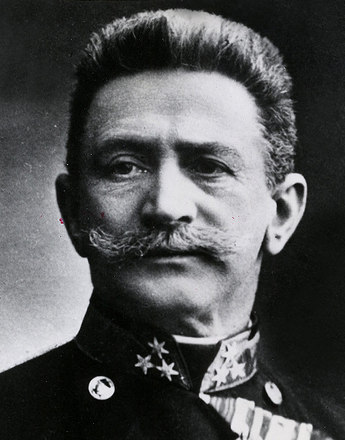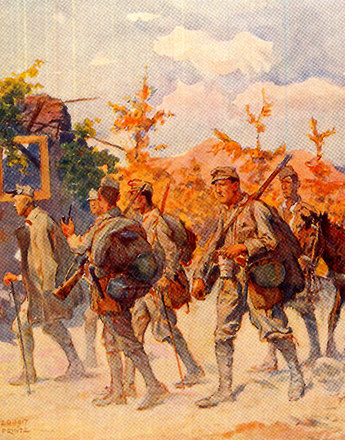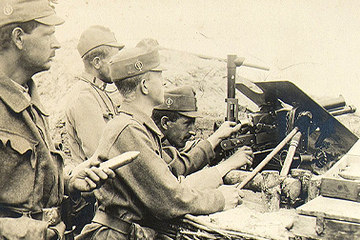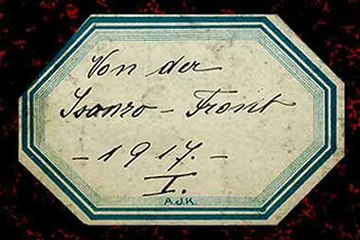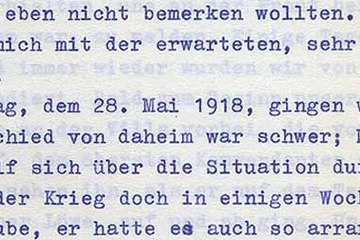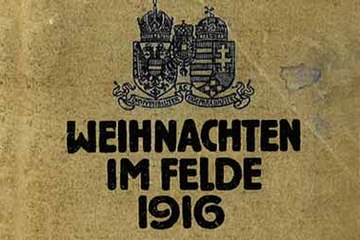Pessimism prevailed in the Habsburg Empire after the declaration of war by Italy. Many were convinced that the developments on the new Southwest Front would develop within a few weeks into a catastrophe. Chief of Staff Franz Conrad von Hötzendorf expected the enemy in the south to attack the Danube Monarchy area soon on account of its numerical superiority.
In June 1915 the Italian army already had at its command over 31,000 officers as well as more than a million non-commissioned officers and other ranks. In addition, it received support from the western powers. The army of the Dual Monarchy thus saw itself facing a superior opponent, especially as the hoped-for assistance of the German allies failed to materialise for the time being.
Under these circumstances the Italians proved willing to launch attacks on the Isonzo passes, although the operative plans of the Italian Chief of Staff Luigi Cadorna did not achieve the goals he had hoped for. Given their defensive successes, the Austrians then acted with growing confidence, an attitude which turned into a feeling of downright superiority in view of the enemy’s far greater strength in numbers.
Yet gradually the fighting on the Southwest Front changed character. Like in France, the front on the Karst was increasingly marked by trench and resource warfare. That was already the case to a large extent for the four Isonzo battles of 1915, to be followed by five more in 1916. The Austro-Hungarian troops under Croatian General Svetovar Borojevic, who as a rule were outnumbered two to one by the Italians, showed themselves determined to relinquish not one foot of ground, thus achieving their goal by at least the sixth Isonzo battle.
After that Cadorna resorted to tactics of attrition, which subsequently enabled new advances, too. On August 10, 1916 the Italians captured Görz. In the eleventh Isonzo battle in August 1917 they controlled the Bainsizza Plateau.
Yet the offensive successes of the Apennine Kingdom looked relatively modest: after 27 months and eleven battles the Italian forces had advanced just 11 kilometres. They had covered just one third of the route to their original destination of Trieste.
Isnenghi, Mario/Rochat, G.: La grande guerra 1914–1918, Mailand 2000
Marix Evans, Martin: Forgotten battlefronts at the First World War, Stroud 2009
Neugebauer, Manfred: Die Schlachten am Isonzo 1915–1917, Wolfenbüttel 2012
Rauchensteiner, Manfried: Der Erste Weltkrieg und das Ende der Habsburgermonarchie 1914–1918, Wien/Köln/Weimar 2013
Thompson, Mark: The white war; life and death on the Italian front 1915–1919, London 2008



